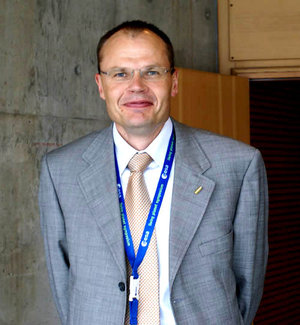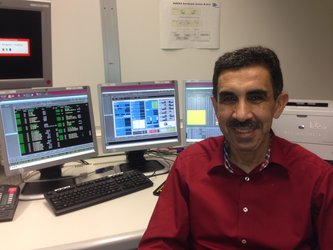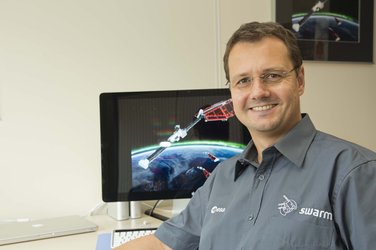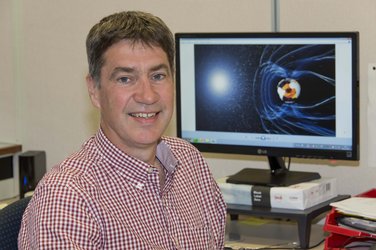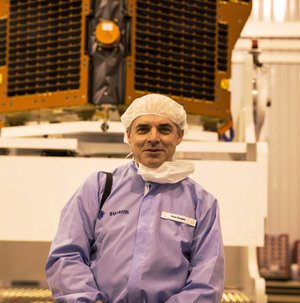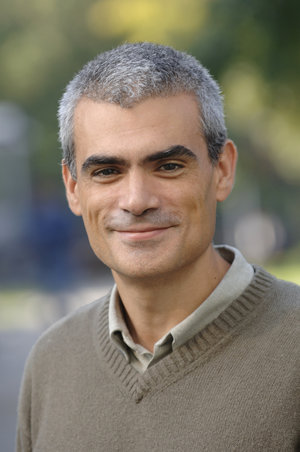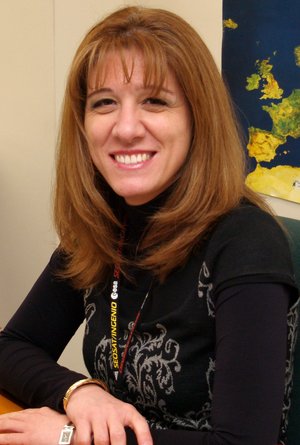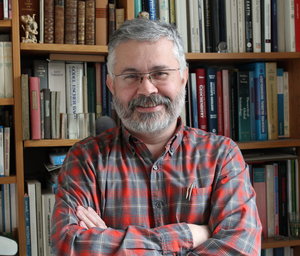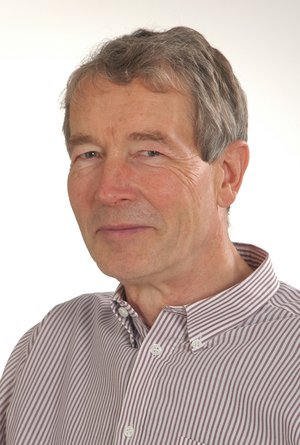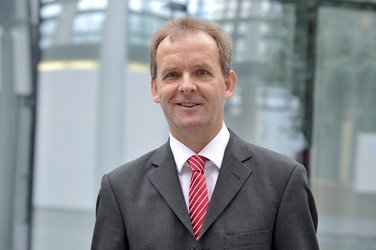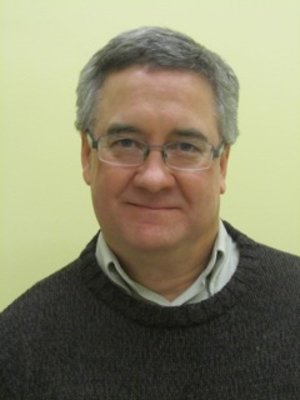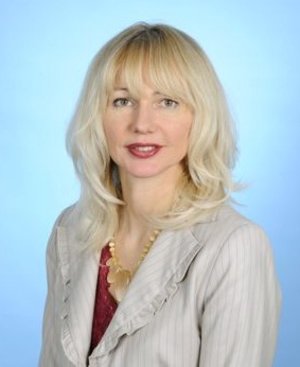Eigil Friis-Christensen: Lead Proposer
Eigil Friis-Christensen is one of three scientists leading a large team that proposed the Swarm mission to ESA. In an interview, Eigil talks about the beginnings of Swarm and how it will carry our understanding of the magnetic field into the future.
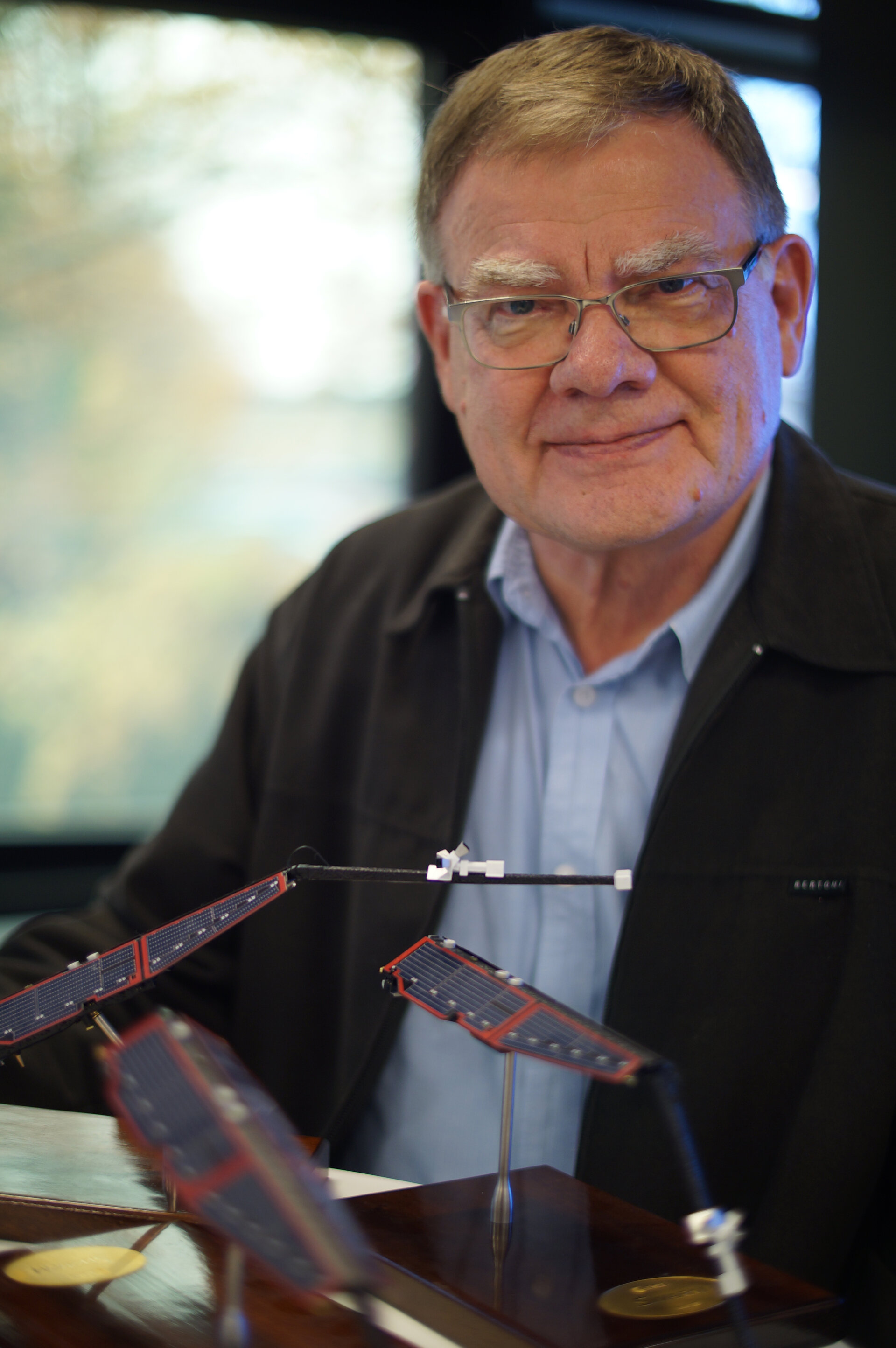
Eigil, a Danish national, is Professor Emeritus and former Director of Denmark’s National Space Institute (DTU Space). Before he took up his post as Director of DTU Space in 1997, he was Head of the Solar-Terrestrial Physics Division at the Danish Meteorological Institute and Project Scientist of the Danish geomagnetic satellite mission, Ørsted, which was launched in 1999 and is still operational. Prior to Ørsted, he had 20 years of experience in research in solar wind–magnetosphere interaction, primarily based on a large network of geophysical observatories in Greenland at latitudes close to the magnetic pole. A crucial part of the network is a chain of magnetometers along the west coast of Greenland that he established in 1972 and is still in operation.
In addition to his role as Lead Proposer, Eigil acts as chair of the Swarm Mission Advisory Group.
Eigil earned his degree in Geophysics at the University of Copenhagen (KU) in 1971 and became adjunct Professor in Geophysics at the Niels Bohr Institute at KU in 1994 and in Space Research in 1999.
ESA: What is the history behind the Swarm mission?
Eigil Friis-Christensen
Prior to the launch of the Ørsted spacecraft, we realised the limitations of the very inexpensive, although important mission. Supported by the Ørsted Science Team, we formed a European consortium that submitted the Swarm proposal in 1998 in response to an ESA Earth Observation Programme Call for proposals for Opportunity Missions. The proposal was ranked number five among about 25 proposals, and was therefore at that time not selected for further studies. In 2002, responding to a new ESA call for Opportunity Missions and after the successful launch of the Ørsted spacecraft, a new proposal was submitted, which together with two other missions was selected for detailed feasibility studies together with industrial companies. In 2004, based on those and similar studies for three Core Mission proposals, Swarm was selected as the fifth mission in ESA’s Explorer Programme.
ESA: What is the benefit of having a constellation of three satellites compared to single-satellite missions?
Eigil Friis-Christensen
The scientific challenge with magnetic field observations in space is to separate the various and independent sources in form of electric currents in the core, magnetic material in the crust and electric currents in the ionosphere and magnetosphere outside Earth. Some of the sources are fixed to the solid Earth, others are fixed to the position of the Sun and some are changing rapidly with time, depending on solar activity, for example the occurrence of big solar storms. A single satellite measures the mixed signal from all sources. But another satellite or even more satellites measuring simultaneously means a significantly increased possibility to distinguish between the various sources.
A specific novel feature about the Swarm constellation is having the lower two spacecraft moving in parallel with a distance of about 150 km at the Equator. These two spacecraft will allow for a better spatial resolution of the magnetisation in the crust, close to the surface.
ESA: Can Swarm contribute to a better understanding of past, current or future global change or even climate?
Eigil Friis-Christensen
Earth is dynamic and the continuous evolution of the magnetic field is a fundamental part of this dynamic. Today, with Swarm, we are close to having global data with the necessary resolution in time and space – and the computational power to perform advanced geodynamo simulations – to be able to validate many of the theories and models regarding the origin of the magnetic field and its dynamics.
Earth’s climate is currently not sufficiently well understood. The chemistry in the atmosphere and cloud formation is not very well modelled, and since the motion of electrically charged particles is influenced by the magnetic fields, there may be effects associated with changes in climate. Therefore this area of research will benefit from better observations and understanding of the changes in the magnetic field. However, current hypotheses focus on solar variations as a major driver of past climate change rather than Earth’s magnetic field.
ESA: What kind of new findings do you think will come from Swarm?
Eigil Friis-Christensen
I am sure that the increased spatial and temporal resolution of the core field will have a great impact on the development of geodynamo theories, because we now have the possibility to realistically test some of the very sophisticated models.
A 3D model of the mantle conductivity is now within reach and will be very important for understanding tectonics. And the greatly improved spatial resolution of the magnetisation in the crust, together with recently improved gravity measurements, will advance our understanding of the geological processes here.
ESA: What is the role of DTU Space in terms of instruments and science related to Swarm?
Eigil Friis-Christensen
The instrument concept developed at DTU for the Ørsted mission, consisting of an optical bench with both the magnetometer sensor and the star imager mounted together on the boom, was a trend-setter for all the following high accuracy magnetometer missions. During the twenty years since the start of the Ørsted project in 1993, the accuracy of the instruments has been significantly improved. Actually so much, that in order to really take advantage of that, it has been necessary to develop, taking into account the constellation aspect, a new methodology with very advanced algorithms.
In this respect, DTU Space has taken the leading role in developing – together with a consortium of research institutions – a facility called the Swarm SCARF (Satellite Constellation Application and Research Facility). The aim is to derive a set of Level-2 data products in the form of advanced models describing each of the various sources of the measured field. Scientific users of data from the Swarm mission will benefit significantly from free and open access to such derived products.
This service is planned to be operational for a period of five years after the launch of the Swarm mission. ESA will provide all data products through the archiving and dissemination infrastructure of the Swarm mission.
Editor's note:
This is one in a series of interviews with a few of the key people that are involved in the Swam mission. Please check back as the list will be added to over the coming weeks.






